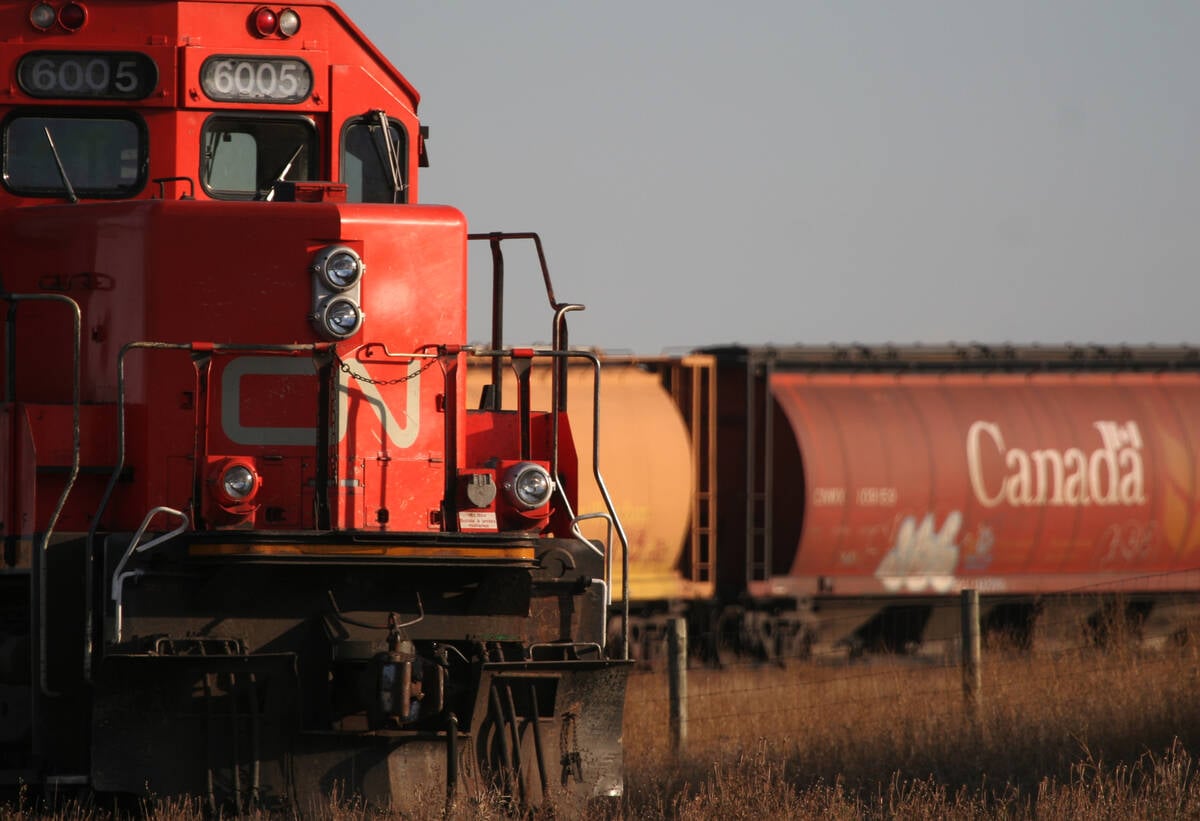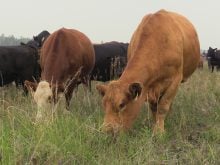Cash trade dries up
Most Alberta feedlots are contracting cattle for better returns, and the cash trade was too small to establish a trend.
Few local bids suggested the Alberta-Nebraska cash-to-cash basis remains seasonally weak.
American buyers showed interest in the market during the week, but local packer interest was lacklustre.
Weekly western Canadian fed slaughter to Oct. 11 rose two percent to 36,338 head.
Weekly Canadian exports to Oct. 4 fell eight percent to 7,953 head.
Trucking to the United States is a challenge because of the fall calf run now underway.
Read Also

Working groups established to address challenges in the containerized and bulk movement of commodities
CN is working with the pulse and special crops sector on resolving challenges in shipping those commodities.
North American market-ready fed supplies are expected to tighten, and slaughter cow and bull supply is only moderate, meaning the market is fundamentally well supported.
U.S. packers will need to buy this week, and interest in Canadian cattle could improve.
To generate cash trade, cash prices must rise to align with fall contract bids.
Cows strong
D1, D2 cows ranged $115-$135 to average $125.70 per cwt. D3 ranged $105-$120 to average $111.67.
Rail grade cows were $237-$242.
Average D1, D2 cows have traded in a tight range of $122.25 to $126.50 per hundredweight over the past 10 weeks.
Cow and bull supply is rising seasonally, but numbers are manageable.
It is rare for non-fed markets to set annual highs during the fourth quarter.
However, there is a chance to set new highs if volumes remain manageable and the loonie continues to trade below US90 cents.
Market direction will depend on non-fed supplies and export demand.
Weekly exports to Oct. 4 totalled 6,787 head. That was up two percent from the same time last year.
Feeders volatile
The calves that are now trading are priced against the June Chicago live cattle contract, which was highly volatile last week.
Every 100 point swing on the live cattle futures equates to roughly a $2-$3 per cwt. fluctuation on calf prices, assuming a constant basis and Canadian dollar.
Ontario buyers are buying Alberta and Saskatchewan feeder cattle, but truck supply is becoming an issue.
Anyone selling feeders through electronic sales or private treaty might consider deferring delivery two weeks or offering a one week delivery window so that trucks can be scheduled.
Steers on average are trading $116 higher than last year, while heifers are up $109. The spread between steers and heifers continues to widen, especially on calves and light stockers.
All provinces saw auction volumes increase compared to the previous week.
Weekly feeder exports to Oct. 4 totalled 14,093 head.
Barley prices have risen, which will weigh on the feeder market.
Bred cows traded at $1,700-$2,375.
Cattle on feed
Canfax’s Oct. 1 Alberta-Saskatchewan Cattle on Feed report showed the on-feed number is not increasing as fast as a year ago.
Cattle on feed were nine percent higher than a year ago this summer, but as of Oct. 1 the number was three percent below last year.
Marketings in September were up six percent from last year but down four percent from the five-year average.
September placements were down only three percent from last year and four percent from the five-year average.
Yearling placements appear down, but feedlots were aggressively placing smaller calves.
Market-ready supplies are expected to tighten toward the end of the year, and the large number of forward sold calves and the early placement of light calves means market volumes for the fall calf run likely won’t increase as much as expected.
Beef up
The U.S. Choice cutout rose US$1.86 to $248.92 per cwt., and Select was steady at $234.92.
Canadian cutout values were again unavailable.
The September Consumer Price Index showed stronger growth in the beef sector compared to pork and poultry.
The CPI for beef was up 4.4 percent month over month, while pork was up 2.2 percent and poultry meat .3 percent.
Beef is up 18.4 percent year over year, while pork is up 13.8 percent and poultry meat is up 3.1 percent.














